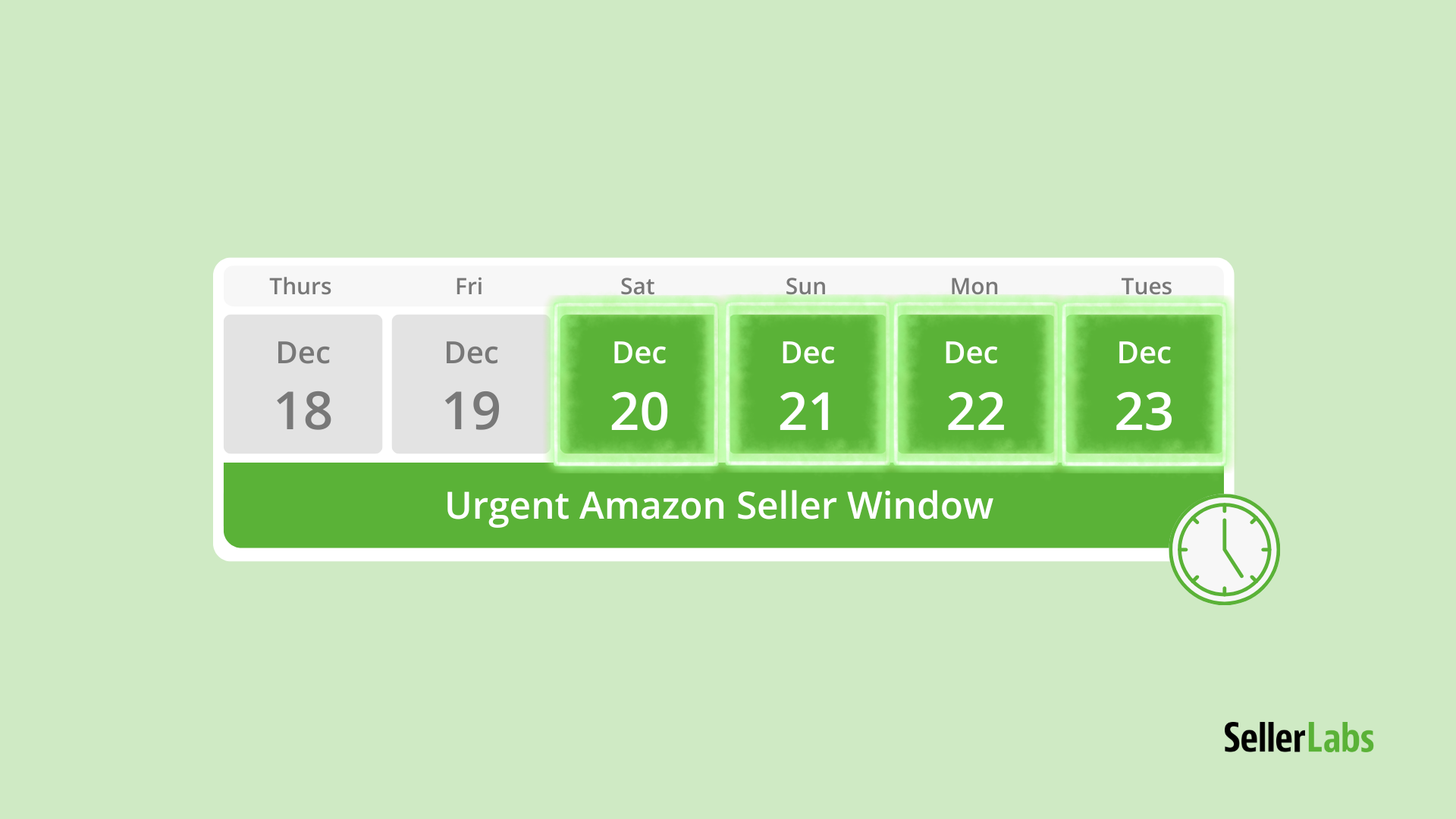📈 Every Amazon seller has experienced this moment: you finally launch a product you’ve researched, sourced, and prepared. You set up your first Sponsored Products campaigns. You hit “Save.”
And then Amazon hits you with a daily spend limit.
Your PPC budget is capped at $50–$150 per day, no matter how much you want to invest.
You refresh.
You check your credit card.
You try again.
Still capped.
And suddenly, the excitement of launching turns into frustration.
If you’ve ever searched for answers or posted something like this:
“Why is Amazon limiting my PPC spend?”
“How long until Amazon raises my PPC budget?”
“How am I supposed to rank if Amazon won’t let me advertise?”
You’re not alone. This is one of the most common challenges new sellers face — and one of the least clearly explained by Amazon.
The good news?
Your PPC limit isn’t random, and it isn’t permanent. It’s part of Amazon’s built-in trust system for new advertising accounts. And once you understand how the system works, you can significantly speed up how quickly Amazon raises your limit.
This guide explains why the limit exists, how long it lasts, and the exact steps you can take to increase it faster.
Why Amazon Limits PPC Spend on New Seller Accounts
Amazon doesn’t publicly announce this system, but the behavior is consistent and predictable across thousands of sellers. Early PPC limits are controlled by Amazon’s internal trust algorithm.
1. Amazon Is Testing Your Reliability
A brand-new account is an unknown risk. With no history, Amazon can’t yet trust that you:
- Pay on time
- Spend consistently
- Don’t create chaotic ad behavior
- Maintain stable listings
- Avoid fraudulent or risky patterns
So Amazon restricts spend until you’ve demonstrated reliability.
2. You’re in Amazon’s “Probation Window”
New advertiser accounts typically go through a 2–6 week evaluation period. During this window, Amazon watches for signals such as:
- Are your campaigns simple or messy?
- Do you use stable, consistent budgets?
- Do you avoid excessive keyword dumping?
- Does your listing convert well?
- Does your billing method ever decline?
Stable accounts graduate faster. Unstable accounts stay restricted longer.
3. Conversion Rate Is a Major Factor
Amazon does not want to allocate large budgets to low-converting ads. Low conversion means:
- wasted advertising spend
- increased return risk
- poor buyer experience
- unpredictable seller behavior
If your listing isn’t converting, Amazon keeps you throttled.
To improve conversion, see our other blogs:
🔗Amazon Product Image Requirements
🔗Fix Amazon Product Title Suppression
🔗Amazon Bullet Points Best Practices
How Long Until Amazon Raises Your PPC Spending Limit?
Most sellers see increases in 2–6 weeks once Amazon sees consistent, healthy signals.
Some sellers get increases in as little as 7–10 days, especially if:
- billing is clean
- campaigns are stable
- listings convert well
- spend patterns are predictable
Some sellers stay stuck for months when:
- payment declines occur
- campaign structure is messy
- listings have low conversion
- budgets fluctuate wildly
How to Increase Your PPC Spending Limit Faster
These are the steps that consistently help sellers break out of Amazon’s restricted spend stage.
1. Maintain a Perfect Billing History
This is the #1 trust signal Amazon cares about.
Do this:
- Use one primary credit card
- Ensure it has enough daily available credit
- Avoid switching cards too early
- Update expiration dates proactively
- Contact your bank to whitelist Amazon charges
Even one declined payment can delay your spending increase for weeks.
2. Start With Simple, Profitable Campaigns
New accounts often launch too many campaigns too quickly. Amazon sees this as risky behavior.
Instead:
- Start with 1–2 Sponsored Products campaigns
- Target 5–15 proven keywords (not hundreds)
- Use Exact Match + Phrase Match early
- Let campaigns run at least 3–5 days before optimizations
- Set steady, consistent daily budgets
3. Keep Your Daily Spend Consistent
Predictability is one of Amazon’s primary trust signals.
If you spend $70/day, maintain something close to $70/day.
Avoid:
- large spend spikes
- sudden reductions
- frequent pausing
- inconsistent budgeting
4. Improve Your Listing Conversion Rate
Amazon tracks whether ads actually result in sales. Low conversion means your listing needs work.
Upgrade fast by improving:
- Main product image
- Lifestyle image
- Infographic image
- Pricing competitiveness
- Title quality
- Bullets that focus on buyer benefits
- Reviewer sentiment and quality
5. Request a Manual Spending Limit Review
You can request a limit increase directly inside Seller Central:
Advertising → Support → Billing & Account → Spending Limit Review
Results vary, but accounts with clean signals and solid performance have a good chance.
If you need help escalating, use this guide: 🔗 How to Escalate to Amazon Support
6. Avoid Inventory Stockouts
Stockouts destroy conversion rate, ad momentum, and trust signals.
If you run out:
- Amazon throttles PPC
- The limit increase is delayed
- Sometimes your limit decreases
Learn how to avoid stockouts: 🔗Amazon FBA Restock Limits
Amazon PPC Trust Signals: What Increases vs. Delays Your Limit
| Trust Signal | Increases PPC Limit | Delays PPC Limit |
|---|---|---|
| Billing History | No declines, consistent card | Declined payments, multiple cards |
| Campaign Structure | Simple, focused campaigns | Too many campaigns, too many keywords |
| Daily Spend Pattern | Predictable and stable | Spikes, pauses, inconsistent spend |
| Conversion Rate | Strong listing and images | Low conversion, weak listing |
| Inventory Health | Staying in stock | Stockouts, price swings |
| Listing Quality | Optimized title, images, A+ | Generic or unoptimized listing |
| Account Behavior | Gradual growth | Chaotic changes, rapid edits |
Can You Still Grow With Only $50–$150 Daily PPC Spend?
Yes — absolutely.
Many successful sellers launched with exactly this limitation. The key is focusing on efficiency, not volume.
Seller Labs tools can help you:
- identify your highest-converting keywords
- track SKU profitability
- monitor listing and marketplace issues
- receive alerts for Buy Box, pricing, and review changes
- optimize listings to improve conversion
A limited budget doesn’t have to limit your results.
Final Thoughts
If Amazon is limiting your PPC spend, you’re not being punished — you’re simply in Amazon’s new-advertiser trust window. Every seller goes through this phase.
Once Amazon sees:
- consistent daily spending
- stable campaign structure
- clean billing
- strong listing conversion
- healthy inventory
…your PPC limit increases. Sometimes overnight. Almost always within a few weeks.
When that happens, your ability to rank, scale, and grow increases dramatically.
By aligning your early account behavior with Amazon’s trust signals, you unlock higher budgets, stronger rankings, and long-term scalable success.
Ready to turn your PPC performance into real growth?
Use Seller Labs to monitor listing health, track profitability, and identify the keywords driving your strongest conversions.
For a limited time, get 30% off your first month — after your 30-day free trial.
Related Blogs
- Low Inventory Level Fees: Do You Know How Much Amazon Is Charging You?
Learn what Amazon’s low-inventory fees are, how they’re calculated, and how to avoid unnecessary charges. - Master Amazon Inventory Like a Pro in 2025
Discover how to forecast demand, maintain stock, and prevent inventory gaps that hurt PPC and ranking. - Amazon 2025 Fee Changes: How They Affect Sellers
A complete breakdown of the latest FBA, storage, and fulfillment fees—and how to protect your margins. - Amazon Buyer-Seller Messaging Suspension: How to Address & Prevent It
Find out what triggers messaging suspensions and how to safeguard your account health. - Amazon SEO: How to Optimize Your Product Listings for Higher Rankings & Sales
Improve keyword targeting, listing quality, and conversion to boost visibility and sales. - How to Maximize Your Amazon Ad ROI with Data-Driven Strategies
Learn how to use actionable data to improve targeting, reduce wasted spend, and scale ad performance.






